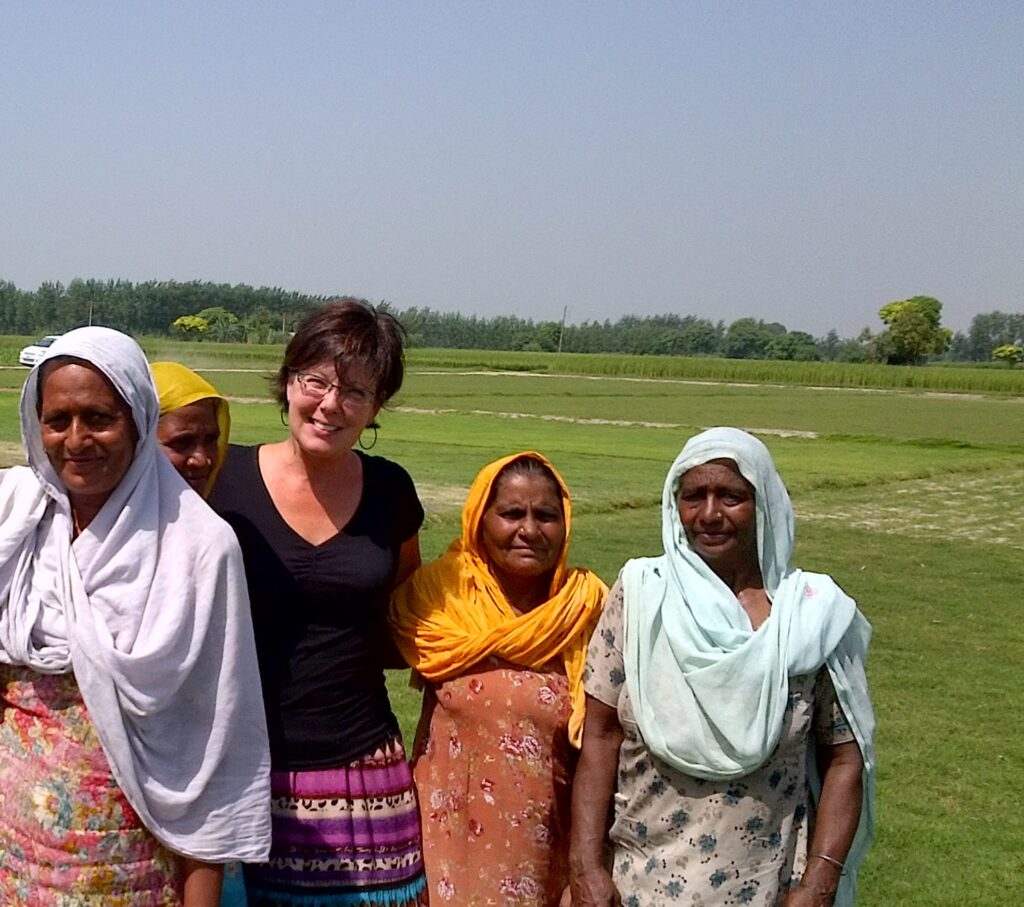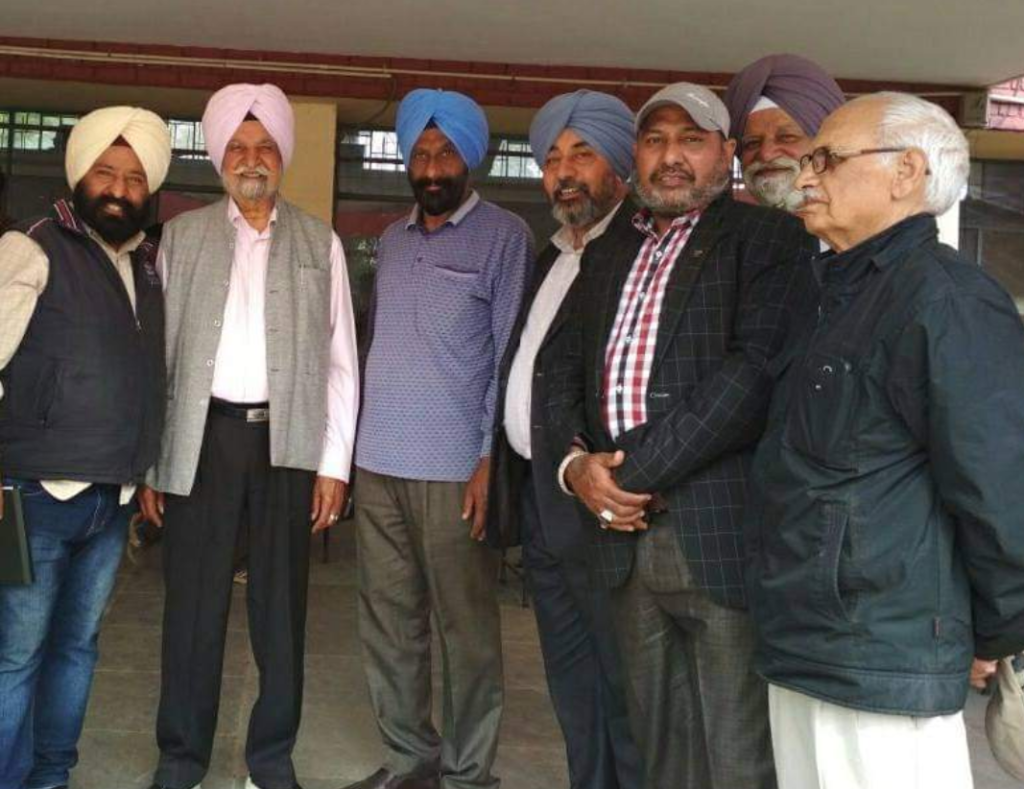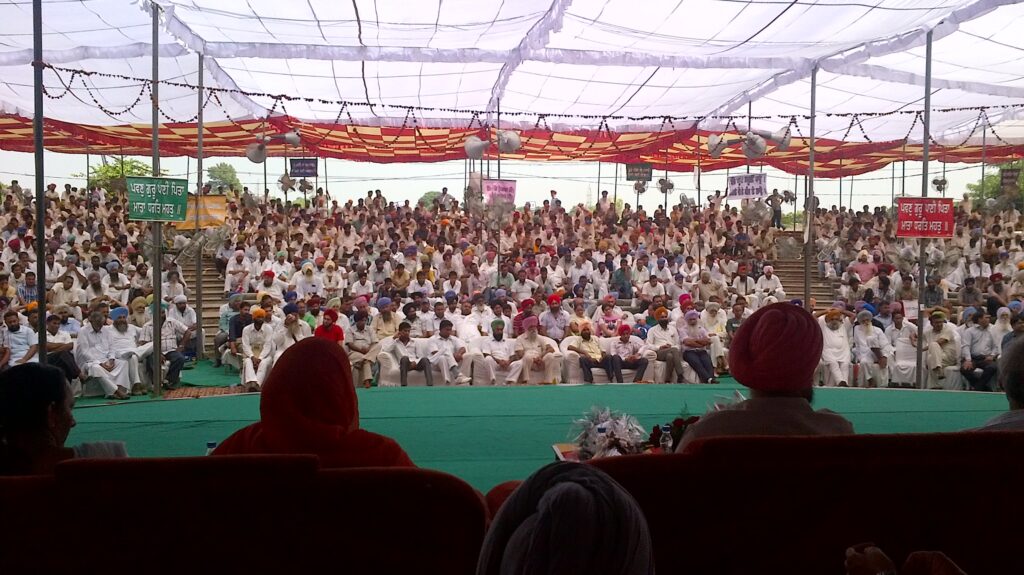“It is in Indian history the biggest movement of farmers after 1947 when we got freedom”. I was chatting with Rajvinder Pal Singh Rana, president of the Global Farmers Association of India in regards to the reaction to three newly introduced agricultural bills in India and the impact to the nation’s farmers.
The Acts fall under three areas.
The Farmers Produce Trade and Commerce (Promotion and Facilitation) Act under which the intent was the allowance of farmers to bargain for better prices, but will open the doors for exploitation. It is under this Act that farmers feel they may lose their land under the umbrella of the current Land Acquisition Act.
The second is the Farmers Empowerment and Protection Agreement on Price Assurance and Services Act with allows for contractual price agreements with corporate buyers. This is seen as corporate dominance for a few, leaving those without volume without any price protections.
The Essential Commodities Amendment Act removes cereals, edible oil, oil seeds, onion and potatoes from the list of essential commodities thus having an outcome of shorting these basics for the consuming public and inviting price inflation without compensation to growers.
Indian Prime Minister Modi aspires that India be a global leader and hopes to attract investors that would build supply chains and infrastructure in a country dependent on old systems, relationships and severe lack of value adding. It is a fine vision but the reality is that the system does not support wholesale change and is damaging for India’s 150 million farmers of which 86% own less than 2 ha of land and have no avenue for bargaining or storage. Farmers contribute 15% of the nations GDP.

I was last in India in 2012 looking at agricultural investment and touring farms and processing businesses. At that time the estimated cost of the creation of a functioning food infrastructure within the country was USD$3 trillion. The lack of coordinated information on production, transport, markets, risk protection and value added has left the country dependent on wholesale buying in the mandi system in which middle men determine price with some degree of competition for goods. Despite the countries size and technical capabilities, the agricultural industry is not coordinated to ensure food security nor is it digitized. Rural communities are often without such basic needs as refrigeration and storage that is free from pests. Any new system would first have to address the lack of infrastructure.
Using investor funds to shore up infrastructure has failed in other countries. Investors would have to be aware of the limiting factors in India which are hydro (77% supplied by dirty coal) and water. If the goal of the investor is a green production model then they have to think about climate and environmental challenges and be prepared to contribute to enhancement.
India’s huge dependency on the importation of oil will continue as the population grows and farmers face feed and fuel issues every day. The introduction of new technology such as direct seeding is welcome but there is very little in terms of cash flow to fuel the tractor or to buy parts. The seeder itself is only part of the solution and despite the desire of Indian farmers to incorporate technological advances, that opportunity is simply out of reach for most of the small farms.
The sudden shift in marketing process for farmers leaves them without the mandi system which was originally promised to stay in place. As Raj reports, this is not the case and the doors have been thrown open on food pricing. As the core crops are eliminated from the essential commodities list, there is no base of index on pricing, nor is there a founded trading floor to establish price or to reduce risk in the market. As mandi fees are no longer collected there will also be a shortage of revenue to administer local governance and programs.
The allowance for foreign interests to hold vast amounts of commodities on speculation is new to the Indian system where lack of storage kept food on the move and local areas could supply local residents. With the average wage of an Indian farmer at CDN$1,350.00 a year it is not hard to imagine the impact of the removal of price assurance nor is it difficult to calculate the direct impact to the consumer should food prices inflate, particularly in rural areas. The new Acts will allow for ‘traders’ to hold commodities and under international law, such hoarding to drive up price is a legal loophole.
The new contractual law in the Act allows for companies to take land from farmers. I asked Raj directly for interpretation on this and basically if a farmer pays rent for land and a company offers more, that land then goes by default to the higher bidder. There is no allowance for a farmer to file a grievance. In addition, the contracts agreed to with the new buyers or land owners are no longer binding so the firewall in a contractual agreement is gone.

It is important to note that farmers themselves and well educated farm organizations were not consulted in the passing of these Acts. The sudden disruption to income compelled farmers to peacefully protest where they were met with police and military resistance – an affront to their democratic right.

As global friends in agriculture we care because the story in India highlights the aging and failing global agricultural infrastructure. And we care because “Farming is not limited by location, class, caste, religion, gender boundary or border as we share this honorable life” (Schoepp, 2012). An injustice to one farmer is an injustice to all farmers.
The solutions must come from within our own agricultural framework for one cannot destroy systems to create new ones. There are cultural, social, economic and logistical reasons why the system in India was in place one of which is that it kept farmers producing food and it kept people fed.
Considering the huge variation in crop quantity and quality the idea of corporate pricing could lead to severe discounts that may or may not be deserved. Any large acquisition system does not reward, rather it is based on discounts and differentials. Indian farmers can expect those to widen in the near future as the product tries to conform to specific production and quality protocols that they simply may not be able to afford.
What is needed? Compliments integrated to the current system could revolutionize farming in India. The first is a focus on soil health. Farming has been going on in India for over 9,000 years and by the farmers own admittance that soil is tired.
Regenerative practices that build soil health such as biological control, crop rotation, multi-species cropping, organic soil nutrition, water management, bacterial and fungal symbiosis, edible shelter belts, and animals as part of soil health would rejuvenate the farming landscape in India.

Regenerative practises also intersect then with the capacity to store or add value to the production and to establish price for it. There is no doubt that the country side could be green be that with oxen or high end technology but without the ability to store it leaves farmer as price takers. This is a global challenge and government and constituents would be served well by investment in temperature controlled, rodent proof storage in local regions. These could be managed by local cooperatives or marketing groups.
Marketing intersects with education and in an earlier conversation Raj had suggested that every farmer despite age or interest have mandatory training. This would be especially valuable in marketing and the determination of the value of farmed crops. As the internet is available in most areas, there is an opportunity to set up regional boards of trade managed by educated farmers with staff supplemented by government. It is also an attractive way to draw young technically savvy youth back to the rural landscape to develop apps, information platforms, marketing clubs, local, regional and global connections and integrated management and financial systems that are culturally complimentary.
Because of the lack of consistency in the delivery of basic services including hydro, transportation and water, new farming technology such as vertical farming will likely be centric to urban spaces. The larger food processing floors I visited were on the outskirts of major centres and the employees lived within the compound. Labor issues in India and human rights violations are very real and cheap labor may be attractive but the reality is that the substance wage of $2.00 – $3.00 a day does little for the rural communities these people come from. Social reform is required for the agricultural and food industry to thrive within the landscape of human rights.
The current fear of corporations and contractual price agreements in India is well founded. Contractual price agreements are always proponents and intertwined with monoculture production – something India does not need and its soil base cannot bear. All global studies to date do not indicate a long term advantage to communities who are under contractual agreements to produce monocultures.
For India, the solution does not lie in a sudden switch to a globalized platform without the infrastructure or knowledge base to support it. What Indian farmers need to thrive is enabling government policy in agriculture and in food, internal investment in infrastructure that supports agriculture and agri-food hubs, an appreciation of the value of regenerative ecosystems, consistent communication and digital systems, education and culturally appropriate and affordable options.
“Every day, three times a day, you need a farmer” (Schoepp, 2012).
Brenda Schoepp
Copyright 2020

